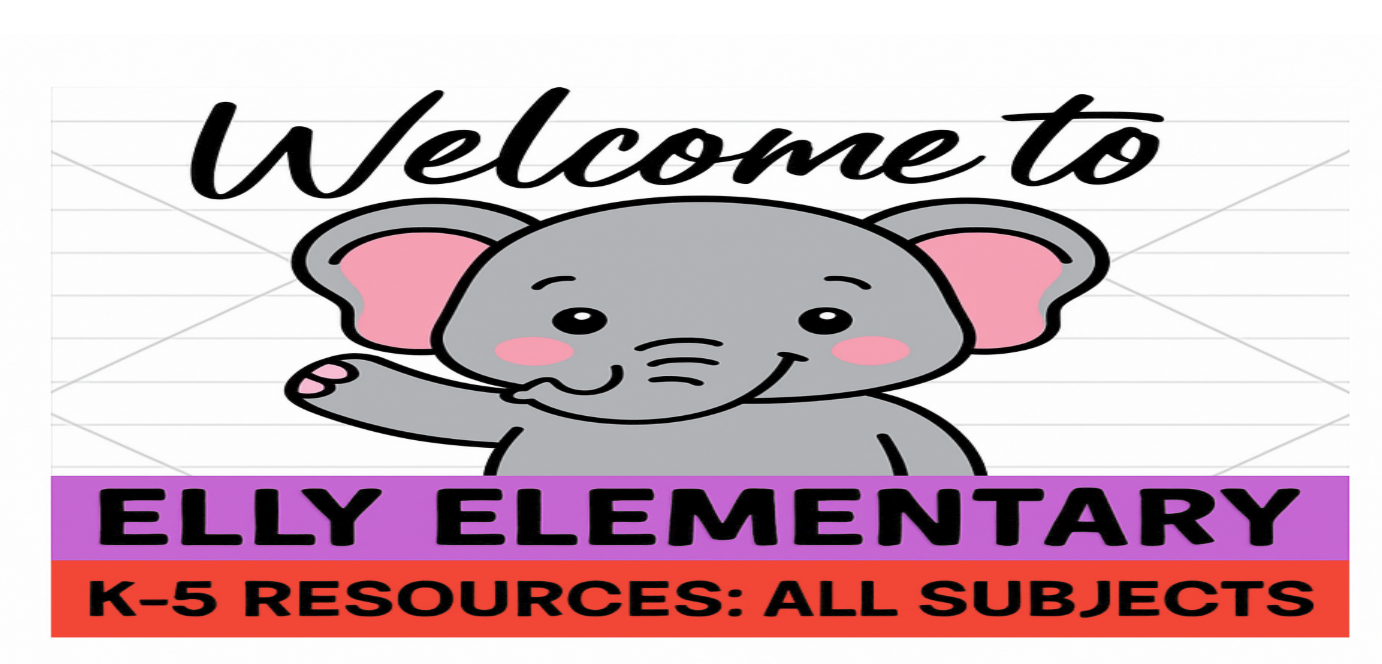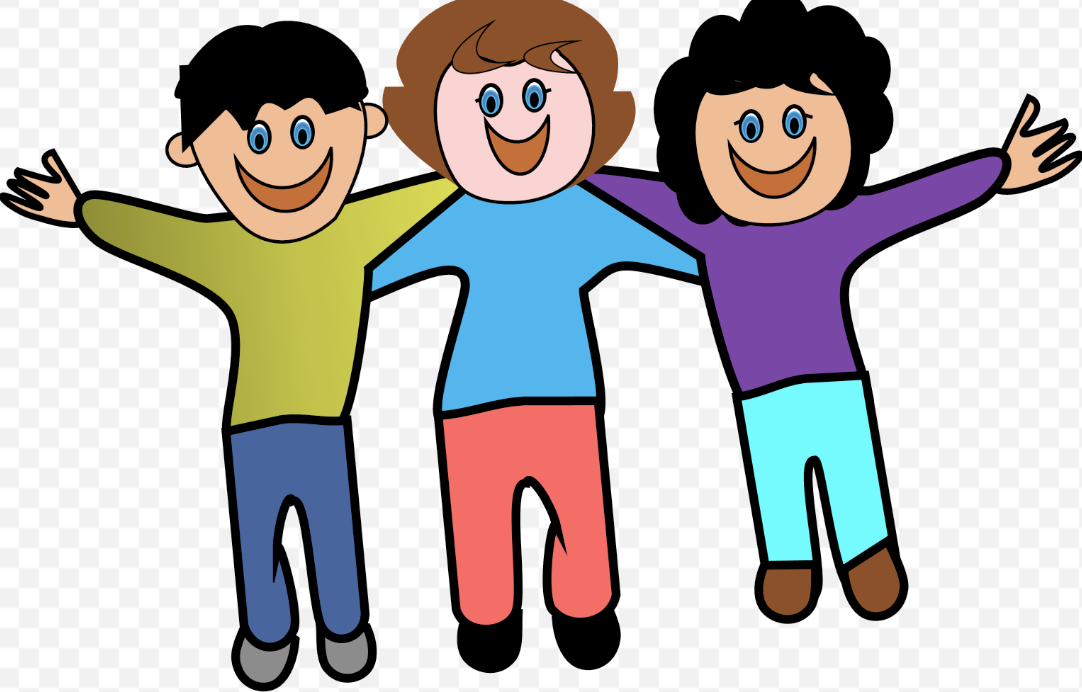Teaching children about friendship is a crucial aspect of their social and emotional development. Friendships provide opportunities for kids to learn empathy, communication, conflict resolution, and cooperation. Here are some tips on how to teach children about friendship:
- Model Healthy Friendships: Children often learn by observing the behavior of adults around them. Demonstrate positive qualities of friendship in your own interactions with friends and family.
- Teach Empathy: Help children understand and recognize the feelings of others. Encourage them to put themselves in their friends' shoes and consider how their actions might affect their friends' emotions.
- Effective Communication: Teach kids how to express themselves clearly and listen actively when their friends are speaking. Explain the importance of being honest and respectful in their communication.
- Sharing and Cooperation: Explain the concepts of sharing, taking turns, and cooperating. These are essential skills for maintaining healthy friendships.
- Respect Differences: Help children understand that everyone is unique and has different likes, dislikes, and opinions. Encourage them to respect these differences and value their friends for who they are.
- Problem Solving: Teach children how to address conflicts and disagreements in a calm and respectful manner. Encourage them to find solutions together rather than resorting to arguing or ignoring the issue.
- Boundaries and Consent: Teach children the importance of setting and respecting personal boundaries. Help them understand that they should always ask for consent before engaging in any physical contact or activities.
- Inclusion: Discuss the importance of including others and making new friends. Teach children that excluding others or bullying is hurtful and goes against the principles of friendship.
- Online Etiquette: As children grow, they may engage in online friendships. Teach them about internet safety, appropriate online behavior, and the potential risks associated with online interactions.
- Quality over Quantity: Emphasize that having a few close, genuine friends is more valuable than having a large number of acquaintances. Encourage them to focus on building deep and meaningful relationships.
- Celebrate Kindness: Praise and reinforce acts of kindness and friendship that your child displays. This positive reinforcement encourages them to continue demonstrating these behaviors.
- Storytelling and Role-Playing: Use stories, books, and role-playing scenarios to help children understand different aspects of friendship, such as sharing, resolving conflicts, and showing empathy.
- Group Activities: Engage children in group activities or playdates where they can practice socializing, sharing, and cooperating with others.
- Reflect and Discuss: From time to time, have open discussions with your child about their friendships. Ask them about their experiences, challenges, and what they've learned from their interactions.
Remember that teaching about friendship is an ongoing process. As children grow and their understanding of relationships deepens, continue to provide guidance, support, and opportunities for them to practice these skills.
Check out these teaching resources for books on friendship:
- The Adventures of Beekle
- Friends by Helme Heine
- Best Friends for Frances
- My Best Friend
- Frog and Toad are Friends
- Will I Have a Friend?
Teaching children about kindness and friendship during the first month of school will add to your classroom community. What ways do you teach friendship to children?



Comments ()